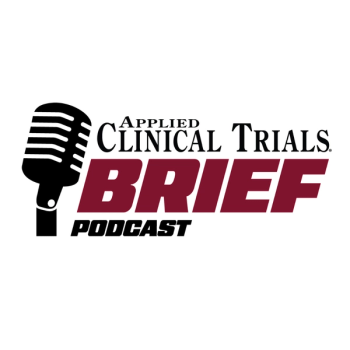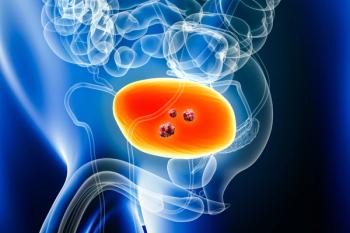
Barriers Impacting Patient Enrollment in Lung Cancer Trials
Systematic review of available literature aimed to identify the most prominent barriers affecting enrollment in oncology drug trials.
A recent study published in the European Journal of Oncology Nursing (EJON) aimed to identify prominent trends in patient enrollment for lung cancer trials. In particular, the authors sought to identify why the recruitment of lung cancer patients continues to be low.1
“Clinical research trials are needed to enhance the medical care and treatment for lung cancer, which remains the leading cause of cancer-related deaths worldwide,” the authors of the study wrote. “While clinical trials allow for the development of novel therapies to treat cancer, the recruitment of lung cancer patients to trials is low.”1
Results from a different study published in the Journal of Clinical Oncology in 2023 concluded that US patient enrollment in lung cancer pivotal trials may be declining. Of 66 pivotal trials reviewed, the proportion of trials with no US patient enrollment increased from 4.8% in 2014-2016 to 19.0% in 2020-2022, while those with ≥ 10% US patient enrollment declined from 71.4% in 2014-2016 to 52.3% in 2020-2022.2
According to the American Cancer Society, estimates for lung cancer in the US for 2024 are at about 234,580 new cases. In general, about 10%-15% of all cases are small cell lung cancer, while 80%-85% are non-small cell lung cancer.3
The previously mentioned EJON study utilized a systematic search of four databases: Academic Search Complete, CINHAL, PubMed, and PsycINFO in August 2023. A total of 2,213 papers were identified in the database search, which was eventually narrowed down to 18 that met inclusion criteria for this review.1
Based off evidence from the review, the authors determined that the decision to enroll in a trial is multifaceted and informed by when and how study information is presented, travel and trial eligibility, and altruistic hopes and fears.1
“The review findings found significant disparities in the availability of lung cancer trials to patients, with substantially more trials available for individuals with advanced stage lung cancer and/or non-small cell lung cancer than other lung cancer types,” the authors wrote. “Likewise, patients were far less likely to be eligible if they had a poor performance status—in line with findings that trial entry is undermined by poor prognosis, increasing age and comorbidity.”1
The results from the review were broken down into three parts based on the most common trends identified in the 18 papers: capability, opportunity, and motivation.1
Several of the papers reviewed evidenced the value of having a trusted healthcare professional provide clear and concise information about the trial, highlighting the importance to a patient’s capability to participate. In terms of opportunity, the studies revealed that distance and frequency of travel were often viewed as significant barriers to enrollment. Finally, multiple studies found that altruism and hope were key reasons for patients to take part in a trial. Their reasoning was either a desire to advance medical research, or to improve their own clinical prognosis. However, some of the studies noted that historical beliefs and mistrust conversely affected motivation.1
“Findings suggest that trial enrollment is a multifaceted decision which comprises several interpersonal, logistical, and psychosocial factors,” the authors concluded. “Researchers and clinicians should attempt to address these via the supply of accessible trial information, prioritization of patient welfare and trust, travel-related support, expansion of clinical trials and eligibility criteria, as well as acknowledgment of individuals’ altruistic wishes, hopes, fears, and familial concerns.”1
References
1. Lond, Benjamin, et al., A Systematic Review of the Barriers and Facilitators Impacting Patient Enrolment in Clinical Trials for Lung Cancer. EJON 70, 1 Mar. 2024, pp. 102564–102564,
2. Oladimeji Akinboro et al., Trends in U.S and global patient enrollment from 2014 to 2022 in lung cancer clinical trials supporting marketing applications: An FDA analysis.. JCO 41, 1576-1576(2023).DOI:10.1200/JCO.2023.41.16_suppl.1576
3. Key Statistics for Lung Cancer. American Cancer Society. Updated January 29, 2024. Accessed April 2, 2024.
Newsletter
Stay current in clinical research with Applied Clinical Trials, providing expert insights, regulatory updates, and practical strategies for successful clinical trial design and execution.






.png)



.png)



.png)
.png)
